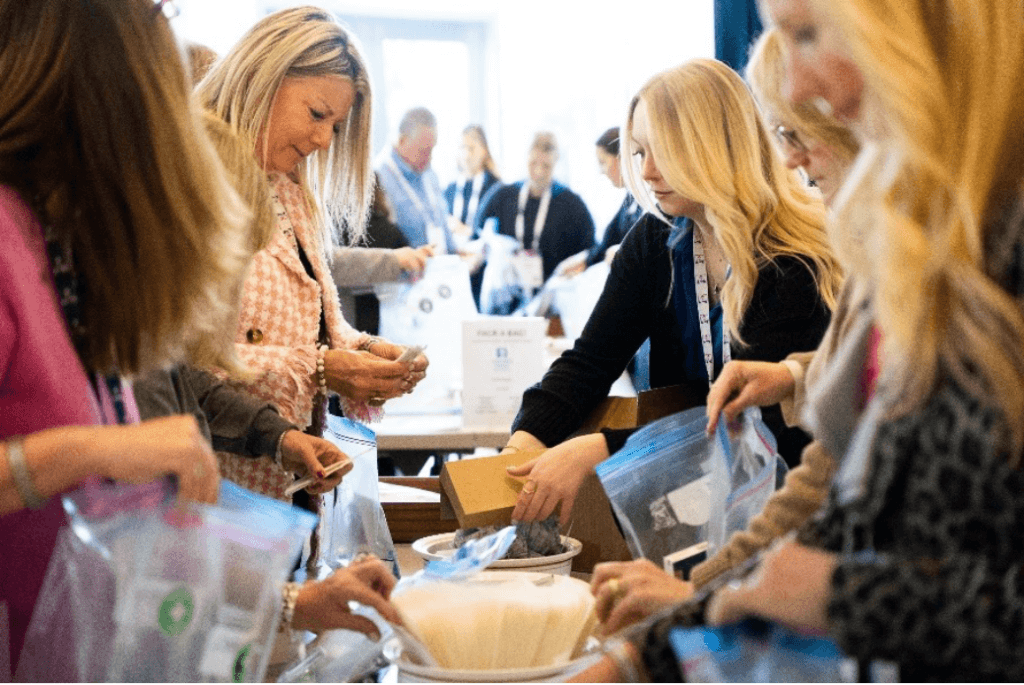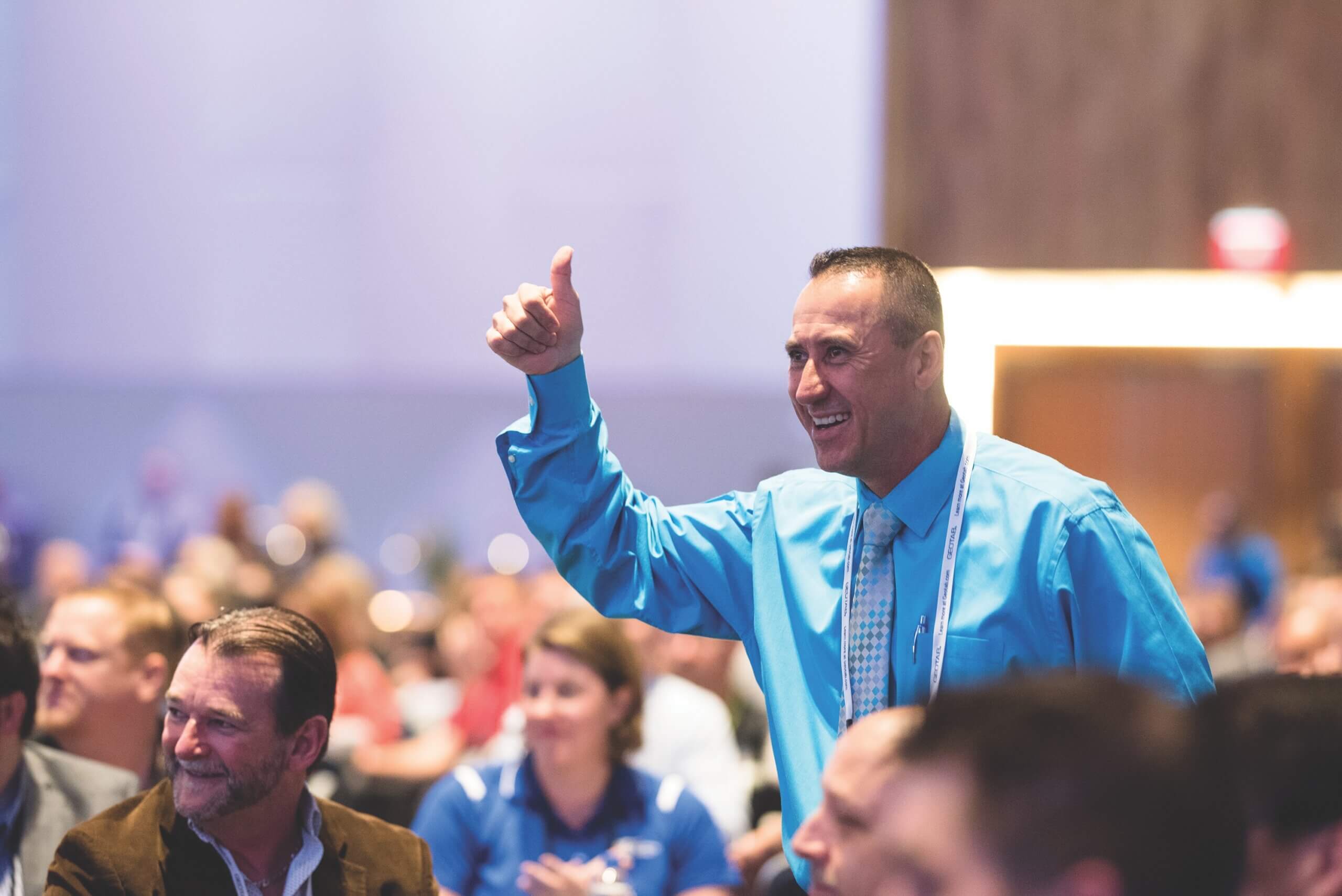
Practice makes perfect, right? OK, while there is probably never going to be a perfect event, when you plan and execute three signature events for two different audiences in eight months, a few key learnings rise to the top. At Maritz, we know that every event is a chance to learn more about our guests and adapt to their individual wants and needs. With that in mind, here are three things that can help set your event apart from the rest.
1. Design your agenda for maximum engagement and maximum downtime.
- Keep the sessions short and sweet – you’d be surprised how succinct people can be when the clock is running.
- Provide ample breaks. People want to be at your event. But they also have other people and priorities vying for their attention. If your guests have a pressing personal or work matter, let them go — you don’t have their attention anyway. Giving guests free time here and there means that when you’re in session, you’ll have their full attention.
2. People want to do good.
- Ask any guest if giving back is important to them, and they’ll say yes. The problem is usually lack of time. But good news — giving back doesn’t have to be a half- or full-day affair. Ask your preferred non-profit how you can help them achieve their goals — or check something off their to-do list — and you’ll likely land on something that helps them, lets your guests give back, and doesn’t eat into too much agenda time.
- Bringing a representative on stage to explain what they do, how it aligns with your organization’s values and how much the support means adds to the overall impact.
3. More voices make for a better event.
- From the first brainstorming session, make it a point to solicit ideas and feedback from a broad spectrum of roles, including the partners working to support your event. (Hint: They know a fair amount about what works and what doesn’t.) You aren’t going to be able to check everyone’s boxes, but going beyond your small group of stakeholders helps ensure that your message resonates with the larger audience.
- When it comes to stage time, let your audience hear from multiple people both inside (and outside!) your organization, and at all levels — not just the tippy top of your leadership. Your organization is more than one person, and it’s important for people to see that. And in some cases, those other people on the stage are the next generation of leaders.
Every event is different, and we’ll be the first to admit that sometimes given time or space constraints, we aren’t always able to practice what we preach. But, as we go into planning our 2025 signature events, you can bet that these three points will be top of mind.


